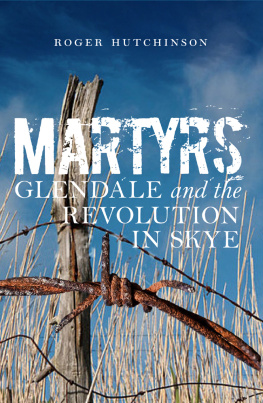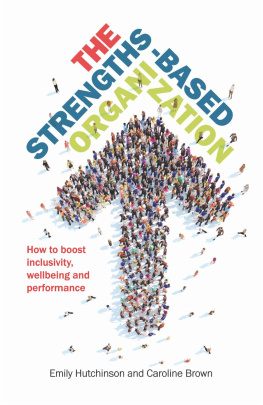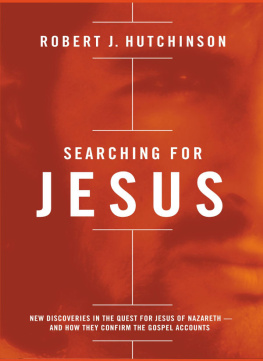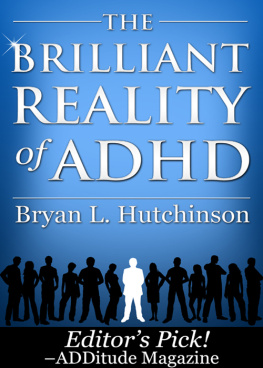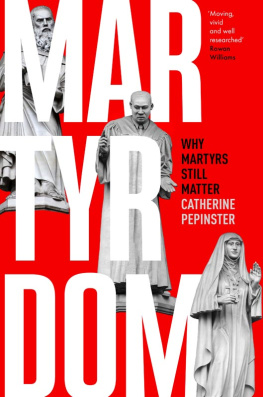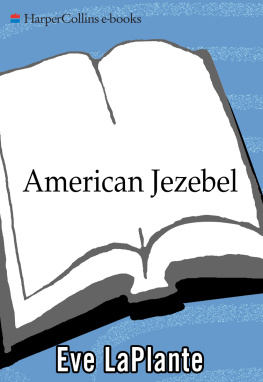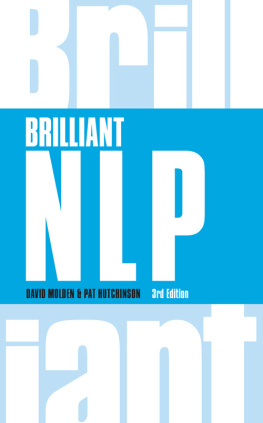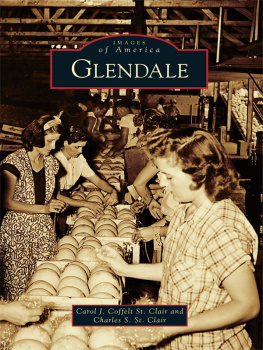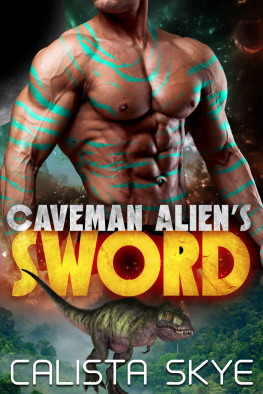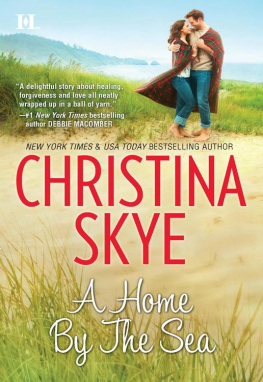Hutchinson - Martyrs: Glendale and the revolution in Skye
Here you can read online Hutchinson - Martyrs: Glendale and the revolution in Skye full text of the book (entire story) in english for free. Download pdf and epub, get meaning, cover and reviews about this ebook. City: Scotland;Island of Skye;Skye;Island of (Scotland, year: 2015, publisher: Birlinn, genre: Detective and thriller. Description of the work, (preface) as well as reviews are available. Best literature library LitArk.com created for fans of good reading and offers a wide selection of genres:
Romance novel
Science fiction
Adventure
Detective
Science
History
Home and family
Prose
Art
Politics
Computer
Non-fiction
Religion
Business
Children
Humor
Choose a favorite category and find really read worthwhile books. Enjoy immersion in the world of imagination, feel the emotions of the characters or learn something new for yourself, make an fascinating discovery.
- Book:Martyrs: Glendale and the revolution in Skye
- Author:
- Publisher:Birlinn
- Genre:
- Year:2015
- City:Scotland;Island of Skye;Skye;Island of (Scotland
- Rating:5 / 5
- Favourites:Add to favourites
- Your mark:
- 100
- 1
- 2
- 3
- 4
- 5
Martyrs: Glendale and the revolution in Skye: summary, description and annotation
We offer to read an annotation, description, summary or preface (depends on what the author of the book "Martyrs: Glendale and the revolution in Skye" wrote himself). If you haven't found the necessary information about the book — write in the comments, we will try to find it.
Martyrs: Glendale and the revolution in Skye — read online for free the complete book (whole text) full work
Below is the text of the book, divided by pages. System saving the place of the last page read, allows you to conveniently read the book "Martyrs: Glendale and the revolution in Skye" online for free, without having to search again every time where you left off. Put a bookmark, and you can go to the page where you finished reading at any time.
Font size:
Interval:
Bookmark:

MARTYRS

Glendale and the Revolution in Skye
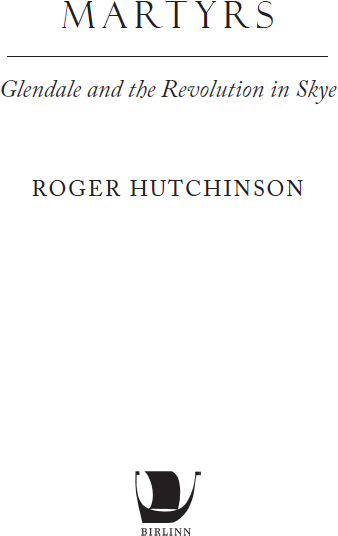
First published in 2015 by
Birlinn Limited
West Newington House
10 Newington Road
Edinburgh
EH9 1qs
www.birlinn.co.uk
Copyright Roger Hutchinson
The moral right of Roger Hutchinson to be identified as the author of this work has been asserted by him in accordance with the Copyright, Designs and Patents Act 1988.
All rights reserved.
No part of this publication may be reproduced, stored or transmitted in any form without the express written permission of the publisher.
ISBN 978 1 78027 322 8
eISBN 978 0 85790 880 3
British Library Cataloguing-in-Publication Data
A catalogue record for this book is available from the British Library
Typeset by Iolaire Typesetting, Newtonmore
Printed and bound by Grafica Veneta
(www.graficaveneta.com)
To all my friends in and from Skye.
You know who you are.
Revolution, n. Complete change, turning upside down, reversal of conditions.
The Concise Oxford Dictionary

Contents

List of Illustrations
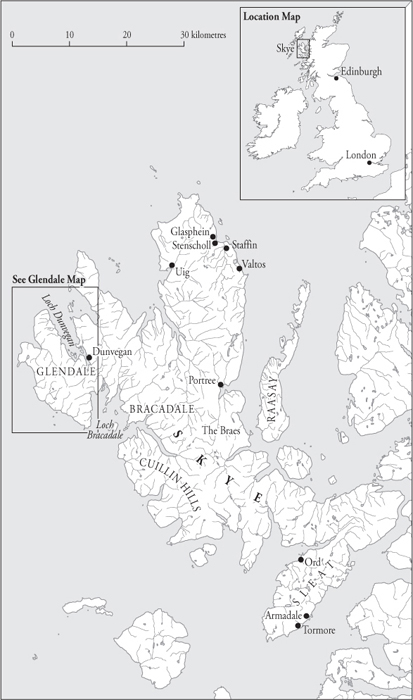


Preface
Scattered around a shoreline on the most westerly peninsula in the island of Skye, Lower Milovaig is as isolated a village as still exists in the populated Highlands. A seagull flies more quickly from Lower Milovaig to the Outer Hebridean island of North Uist than to its own Inner Hebridean island capital of Portree. Lower Milovaig is at the end of the road.
It is of course a transcendently lovely part of the most beautiful archipelago in Europe. Lower Milovaig is framed by the open Minch, the round hills of the Outer Isles, and in the immediate foreground by its own inshore waters of Loch Pooltiel and the high, riven cliffs of the Husabost peninsula. The hillside behind the township is scarred by the remnants of lazybeds and peat-cuttings. The ground which slopes from the houses down to the sea is still divided into long, rectangular crofts. Those are the vestiges of a lifestyle which, until recently, was commonplace in Skye, and which men and women once held to be so valuable that they would fight for its preservation.
There has not recently been much fighting in Lower Milovaig. Twenty-first-century visitors to the place must send their imaginations on almost impossible flights to conjure moving pictures of men with long hair and beards, wearing coarse, untailored homespun trousers and jackets, carrying cudgels, shouting information and encouragement at each other in Gaelic, running out of Lower Milovaig while alarms were blown on horns from neighbouring heights; of those men, followed by their wives and with their children sprinting at their flanks, racing down the track to join battle with policemen at the Hamara bridge in central Glendale. It is difficult to picture armed marines slipping ashore here in the dead of night and scurrying through the crofts to make arrests. But those scenes, and many others, unfolded within the lifetime of a Lower Milovaig adults grandmother.
As a result there are two milestones in the history of the Highlands and Islands of Scotland which require, not diminution, but slight readjustment.
The first is that the Battle of the Braes in Skye in 1882 was the key event in the land war of the late 19th century. The second is that the Stornoway Trust, which was established in Lewis in 1923 largely as a result of the continuing Hebridean land struggle, was the first community-owned estate in a region which is, in the 21st century, bulging with community-owned estates.
Those events and that institution were and remain monumental. The courageous men and women who fought for the return of common grazings in Braes, and the people who founded and continue to run the democratic land trust in and around Stornoway, have earned an indelible place in history.
They were not, however, alone. As several modest voices from the north-west of Skye have mentioned over the decades, it was the revolution (I use the word carefully) on the Glendale estate in the 1880s which forced the hand of the Government and led directly both to the Napier Commission of inquiry into crofters conditions in 1883 and the epochal Crofters Act of 1886. Glendale also became, in 1905, 18 years before Lord Leverhulme gifted the most valuable portion of his Lewis property to its people, the first community-owned estate in the Highlands.
It is not the case that Glendale has been ignored by historians. The central figure in the Glendale revolt, John MacPherson, has been celebrated for over a century as the Glendale Martyr and occasionally as the Skye Martyr. In more recent times the handle has been made plural and several of John MacPhersons friends and neighbours have joined him, in death, as a body of brothers-in-arms widely known as the Glendale Martyrs.
It is, however, the case that the pivotal significance of Glendale, in provoking William Gladstones administration to instigate a thorough inquiry and then to pass vital legislation, and in trailblazing the crofters right and ability to own and to manage their land, has too rarely been acknowledged and that its full story has not been told.
Its full story may not, of course, ever be told. It is several decades since even the youngest players in that fierce drama slipped off this mortal coil. The narrative of what happened in Glendale throughout the 19th century can now be pieced together only from second- and third-generation recollections, from letters in archives, from state papers, from court and other legal documents, from testimony to official inquiries and from the valuable but fallible reports of contemporary journalists and authors.
Whatever the limitations of those sources, they push ajar the door to an irresistible tale. Not only did the late-Victorian people of Glendale change the course of history of their own history and that of hundreds of thousands of others they did so in a remarkable manner. For a significant period of time those men with beards and cudgels, and their wives, and their teenaged children, issued a unilateral declaration of independence from the rest of the United Kingdom.
They denied the legitimate power of their landowners to collect rent and restrict their grazings. They denied the right of the authorities to station policemen in their midst. They contemptuously dismissed edicts of the courts in Portree, Inverness and Edinburgh. They drove representatives of the landowner and of the state out of their district with physical might. For a few years the 2,000 people of Glendale were the Highland equivalent of the Paris Commune: ordering their own affairs; enforcing their own laws; keeping their own peace; brooking no interference.
Font size:
Interval:
Bookmark:
Similar books «Martyrs: Glendale and the revolution in Skye»
Look at similar books to Martyrs: Glendale and the revolution in Skye. We have selected literature similar in name and meaning in the hope of providing readers with more options to find new, interesting, not yet read works.
Discussion, reviews of the book Martyrs: Glendale and the revolution in Skye and just readers' own opinions. Leave your comments, write what you think about the work, its meaning or the main characters. Specify what exactly you liked and what you didn't like, and why you think so.

